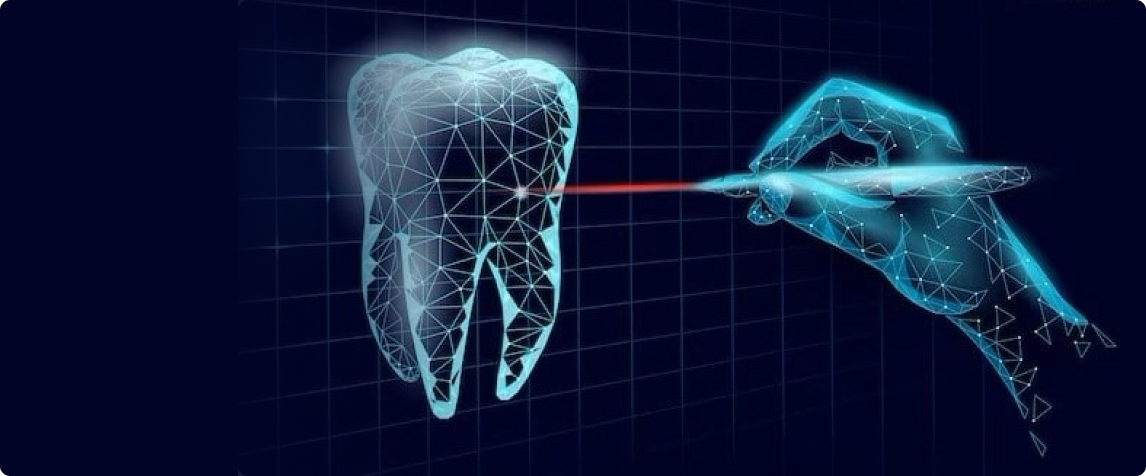In the world of dentistry, precision is paramount. Every millimeter matters, and the accuracy of our work can have a profound impact on our patients' oral health and overall well-being. As technology continues to evolve, so too does our ability to achieve unparalleled precision in dental procedures. Enter the era of digital dentistry – a revolution that is reshaping the way we approach diagnosis, treatment planning, and patient care.

In the world of dentistry, precision is paramount. Every millimeter matters, and the accuracy of our work can have a profound impact on our patients' oral health and overall well-being. As technology continues to evolve, so too does our ability to achieve unparalleled precision in dental procedures. Enter the era of digital dentistry – a revolution that is reshaping the way we approach diagnosis, treatment planning, and patient care.
Today, I want to delve into one aspect of this digital revolution: intraoral scanning. Traditionally, obtaining impressions of patients' teeth and oral structures involved messy, uncomfortable materials and often required multiple appointments. However, with the advent of intraoral scanners, this process has been completely transformed.
Intraoral scanners utilize advanced optical technology to create highly detailed 3D images of the oral cavity in a matter of minutes. This not only eliminates the need for messy impression materials but also provides a level of precision and accuracy that was previously unattainable. These digital impressions can be instantly viewed on a computer screen, allowing both the dentist and the patient to visualize the treatment plan in real-time.
But the benefits of digital dentistry extend far beyond the convenience of intraoral scanning. It opens up a world of possibilities for more efficient and precise treatment options. For example, digital impressions can be seamlessly integrated with computer-aided design and manufacturing (CAD/CAM) technology to fabricate custom restorations such as crowns, bridges, and veneers with unmatched accuracy.
Furthermore, digital dentistry enables better communication and collaboration among dental professionals. Digital files can be easily shared with dental laboratories or specialists, streamlining the workflow and ensuring a seamless continuum of care for the patient.
However, as with any technological advancement, there are challenges to overcome. One such challenge is the initial investment required to adopt digital technologies in the dental practice. Additionally, dentists must undergo training to familiarize themselves with the new tools and techniques associated with digital dentistry.
Despite these challenges, the benefits of embracing digital dentistry are undeniable. It not only enhances the precision and efficiency of dental procedures but also improves the overall patient experience. By harnessing the power of digital technologies, we can unlock new levels of precision in our practice and provide our patients with the highest quality of care possible.
In conclusion, the digital dentistry revolution is here to stay, and it offers a myriad of opportunities for dentists to elevate their practice to new heights. From intraoral scanning to CAD/CAM technology, the future of dentistry is digital – and the possibilities are endless. Let's embrace this digital evolution and continue to push the boundaries of what's possible in oral healthcare.









